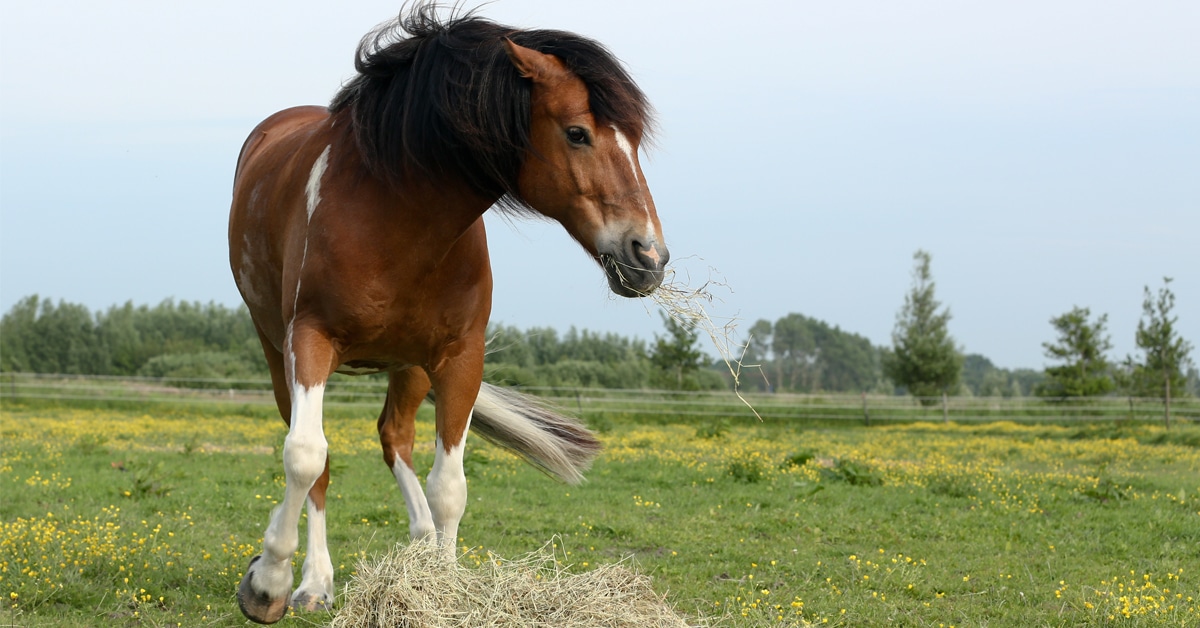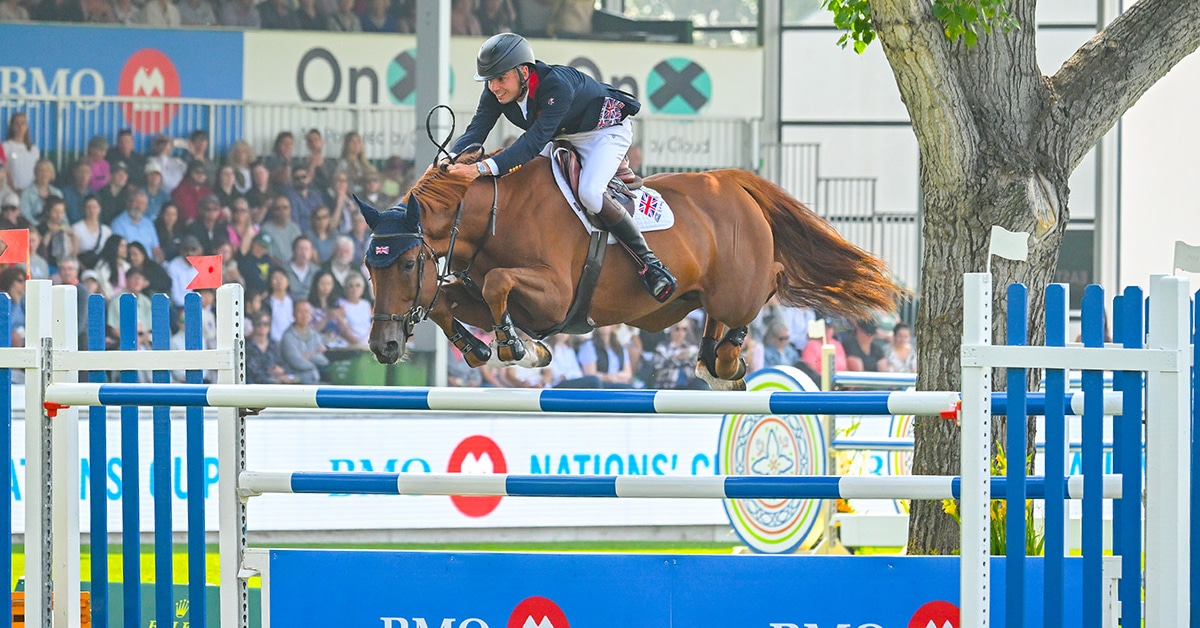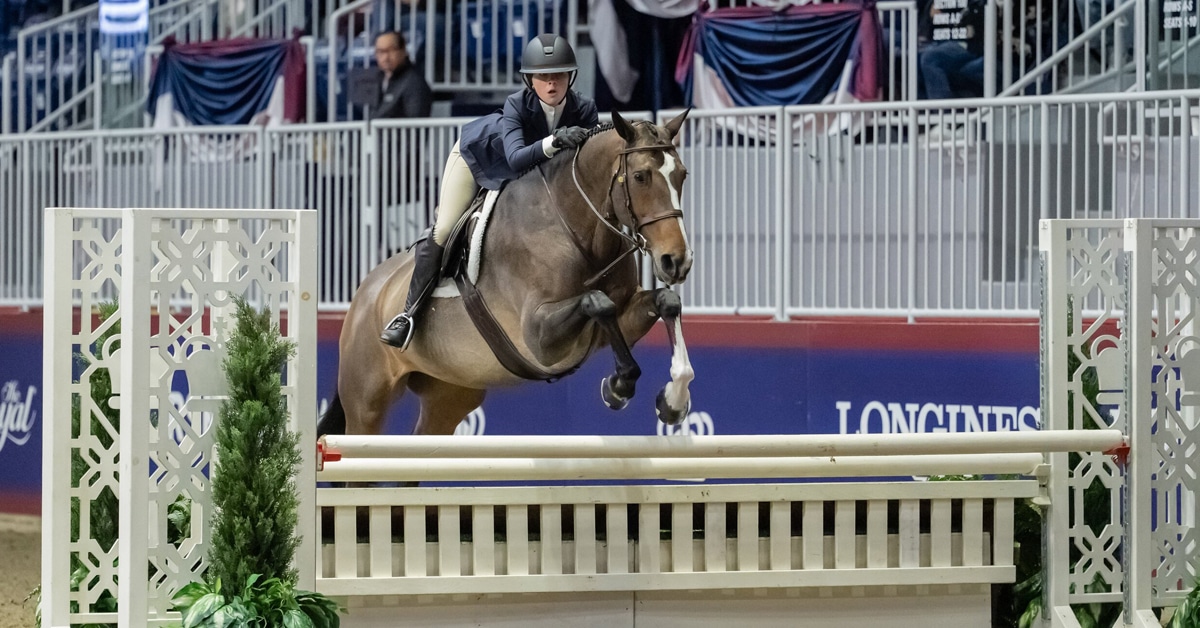Now is the time to gear up for the 2019 competition season, and what better place to start than laying out a Yearly Training Plan? The advantages of designing and implementing a YTP to reach a challenging goal include preventing under-training, over-training and burnout; identifying and developing skill sets critical for maximum performance; and reducing the chances of injury.
YTPs are building blocks to successfully advance to higher levels in future competition seasons. Equestrian Canada (EC) has developed comprehensive guidelines for designing YTPs for all disciplines and levels called Long-Term Equestrian Development (LTED).*Equestrian YTP guidelines can be found on the EC website under Long-Term Equestrian Development (LTED) and in the “Design an Equestrian Sport Program” manual.
How do Yearly Training Plans Work?
Yearly Training Plans are divided into four phases: General, Specific, Competition and Transition. General and Specific are pre-season phases that focus on precise training objectives. They are broken into cycles: mesocycles (2-6 weeks) and microcycles (1 week). The Competition phase starts the first day of the first regular competition and ends last day of the last competition of the season. The Transition phase follows the Competition phase.
Basic Steps for Designing Yearly Training Plans
- Select a goal: e.g. 2019 Provincial Adult Amateur 1.10m Jumper Year-End Champion.
- Understand your Provincial point system.
- Select competitions that are qualifiers for year-end champion and record them.
- Refer to LTED guidelines for the ratio of training (includes General, Specific and Transition phases) to competition: for example, Provincial Year-End Jumper Championship = 70% training/30% competition.
- List all skill sets and objectives critical for horse and rider to successfully compete at this level.
- Prioritize these training skill sets and objectives into the General and Specific phases.
Critical Skill Sets
Technical
Horse: Consolidate and refine jumping technique, stride adjustability, agility and communication.
Rider: Refine leg, seat and hip angle, hand and leg position, coordination of aids, control, quick response, and eye focus.
Tactical
Horse & Rider: Consolidate and refine warm-up and cool-down strategies, course and jump-off strategies, recovery and nutrition.
Physical
Horse: Improve self-carriage, cardio, strength, flexibility, speed and coordination.
Rider: Improve dynamic balance, coordination, core strength and flexibility.
Mental
Horse: Improve concentration, memory retrieval, problem-solving and emotional control.
Rider: Work on concentration, decision making, problem-solving, self-critique, self-correction, relaxation techniques, breathing, visualization, journaling (keeping notes) and debriefing (after-ride critiques).
Horse Conditioning Tips – General and Specific Phase
- Prepare your horse a little beyond the physical requirements for competition. A fitter horse recovers more rapidly.
- Flexibility: Increasing range of motion improves coordination, quality of performance and allows more shock-absorbing reducing injury.
- Strength: Developing strength improves rapidly at the start of training then slower in later stages. Gradients, gymnastics, sport specific movements build strength.
- Inertia: is high-intensity changing of speed, direction and length of stride, e.g. for speed classes and jump-offs. To prevent injury, inertia training can be split into two shorter sessions in one day.
- Interval Training is alternating work and rest. Give longer rest periods at higher intensity and keep moving long and low.
- Recovery: Performing the same type of exercise day after day results in fatigued muscles and overloads ligaments and tendons. Train one or two days followed by an easy day of relaxed hacking or a trail ride to allow for recovery.
- To avoid injuries, incorporate a variety of exercises on different surfaces and terrain. This will help prevent muscle, tendon and ligament fatigue, especially in horses over 11 years old.
- Peaking index: outlines the formula between volume, intensity and duration when designing training exercises in the General and Specific phase. General phase has higher volume and moderate intensity and duration. Specific phase has lower volume, higher intensity with shorter duration. A low-intensity, high-volume exercise that is building stamina will have a longer duration. A high intensity, low volume exercise building strength will have a shorter duration.
Training Objectives – General Phase
Focus on the foundation of basic skills for higher intensity later. Increase volume with moderate intensity when training cardio, flexibility and strength.
- Cardio: 2-3 times per week, then alternate with a recovery day. Progressively increase workload every two weeks. To elevate heart rate, horses need to work harder and faster: e.g. cantering, trot hill work. To maintain cardio only requires training 1-2 times a week.
- Flexibility: Significant improvement is made the first 3 months, then it levels off. Improving flexibility in the General phase will ensure a greater range of motion for strength training in the Specific phase, leading to maximum performance ability.
- Strength: Slower speed with lower intensity allows for greater volume. Gymnastics and gradual hill work build strength-flexibility with lower/moderate intensity.
Training Objectives – Specific Phase
Consolidates and refines competition specific skills:
- Intensity of work load is increased and volume is decreased.
- Flexibility: Continuing to maintain flexibility retains a greater range of motion, maximizing athletic ability.
- Strength – competition specific: Increasing intensity for specific strength training in this phase will ensure your horse doesn’t max out early during competition season, resulting in poor performances for the remainder of the season or increasing the risk of injury.
Competition Phase
- Between competitions: Decrease workload by 20-30% until halfway between show dates, then rebuild the workload using peaking and tapering. This produces maximum fitness for the next competition.
- Peaking: Peaking period ranges from 2-4 weeks and training sessions are shorter and faster.
- Tapering is reducing total workload for about 2 weeks before competitions to replenish energy. This improves contractibility of 2b (fast twitch glycolytic) muscle fibers for power and speed.
- Maintenance: loss of fitness can be prevented by reducing duration and frequency, provided intensity and specificity is maintained.
Transition Phase
This phase is for recovery and downtime for horse and rider after the competition season and lasts about 4 weeks. Decrease volume and intensity and plan easy, fun, relaxed sessions to rest up for the start of your 2020 YTP!
The Latest









